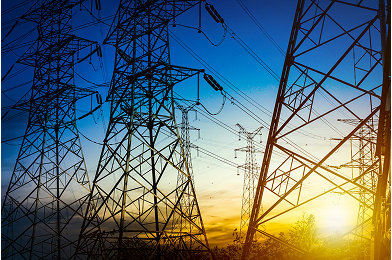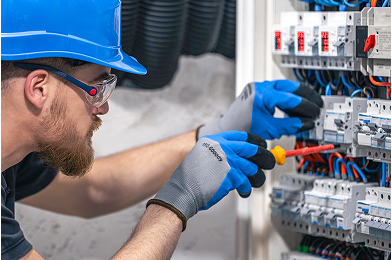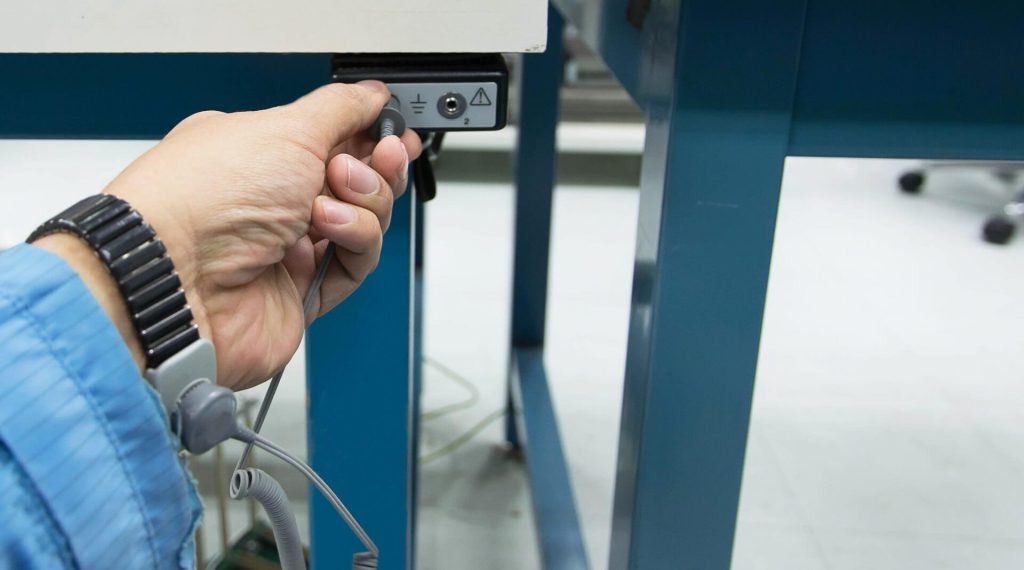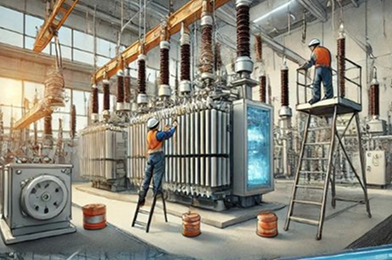Insulators, as important elements in power distribution and transmission networks, play a vital role in the electrical isolation of conductors from power transmission towers and pylons. This article introduces the types of insulators, their applications in distribution and transmission networks, and the characteristics of each type of insulator.
Introduction
As part of the critical infrastructure in modern societies, power distribution and transmission systems require protection and safety. As an important component in these systems, insulators are responsible for isolating live conductors from towers and pylons and preventing sparks or electric shock. This article discusses the types of insulators, their applications, and the characteristics of each type of insulator.
Types of Insulators
Insulators are divided into different types based on their application, material, and voltage level used:
1. Round insulator
These types of insulators are usually made of porcelain, glass, or plastic and are used in distribution voltages (weak pressure). Round insulators are single-groove or double-groove, and the number of grooves depends on the voltage level.
2. Needle insulator
Needle insulators are made of porcelain, glass, or plastic and are used in intermediate towers up to 33 kV. These insulators are connected to the base by a steel bolt or nail, and to prevent breakage due to sudden movements, a softer metal is used as a connector.
3. Tension insulator
These insulators are used in places where there is a high horizontal tensile force. Tension insulators are used in the end and beginning supports of distribution and transmission lines, as well as in supports that are angled.
4. Tightening insulator
Tightening insulators are used in the middle of the tension wire in distribution lines. These insulators are used so that if the insulator breaks, the tension wire does not release and can withstand its tensile force.
5. Hanging insulator
These insulators are used in overhead lines for energy transmission and are divided into two categories: plate and cylindrical insulators. Plate insulators are in the form of a chain and each plate can withstand a certain voltage. Cylindrical insulators are lighter, but if damaged, the entire chain may fail.
6. Bushings
These insulators are used in high-voltage devices for input and output heads and prevent sparks from forming in the body of the devices.
7. Support bushings
Support bushings are made in two forms: hollow and solid, and are in the form of long cylinders with depressions and protrusions. These insulators are strong in terms of mechanical and electrical endurance and are used in various environmental conditions.
Application of insulators in distribution and transmission networks
Bushings have important functions in power distribution and transmission networks:
Weight bearing of conductors: Insulators must bear the weight of overhead line conductors in various atmospheric conditions.
Electrical insulation: Insulators must provide electrical insulation between conductors and towers to prevent sparks or electric shock.
Insulator Properties
Insulators have different properties based on their material and structure:
Electrical resistance: Insulators must have sufficient electrical resistance against different voltages.
Mechanical resistance: Insulators must withstand applied mechanical forces.
Resistance to environmental conditions: Insulators must maintain their performance in different atmospheric conditions such as humidity, pollution, and rain.





